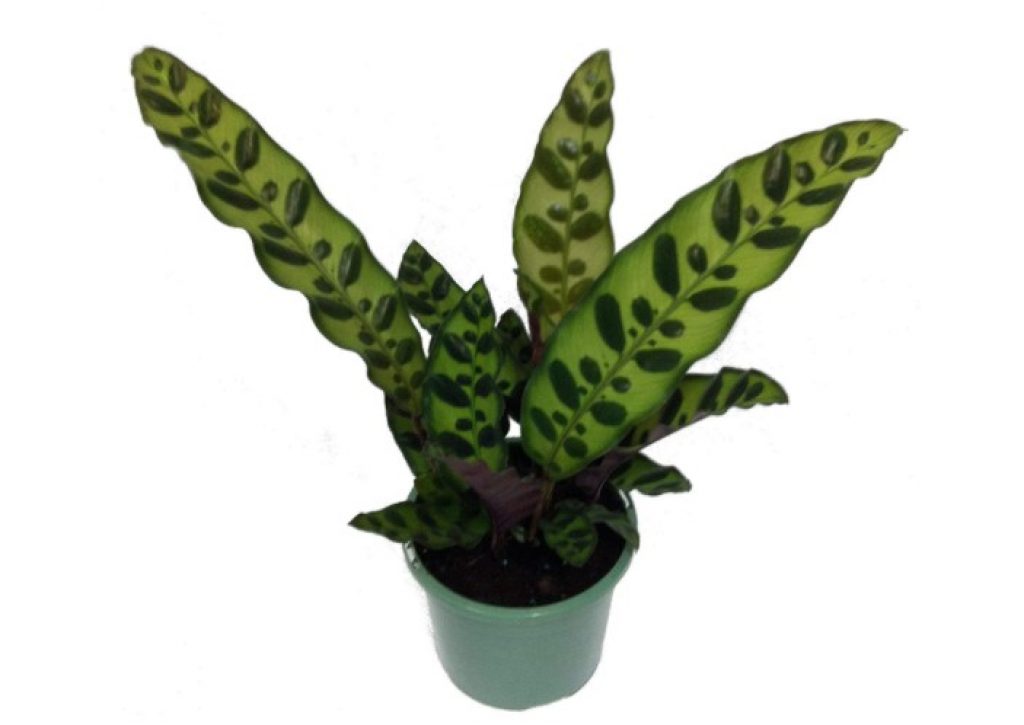The exciting foliage with a green, long wavy leaf blade with an alternating small and large dark green ellipsis or oval shape pattern and the purple underside makes the rattlesnake plant one of the most sought-after houseplant. Is it poisonous or safe for cats?
Rattlesnake plant, botanically known as Calathea lancifolia, is a popular evergreen perennial flowering plant in the Marantaceae family (arrowroot family), native to Brazil. Sometimes, the Marantaceae family is known as prayer-plants, while the genus Calathea as calatheas.

Like the rest of the calatheas, including species and varieties like Freddie, medallion, C. orbifolia, peacock plant, C. ornata, and many others that form fantastic houseplants, the rattlesnake plant is safe for cats, i.e., it is not toxic or poisonous to your cats, dogs or even humans.
Knowing that Calathea Lancifolia is non-poisonous to cats should put a smile on your face. Maybe a broader smile to learn that they can thrive easily but need a little bit of care. Here is a summary of what they need:
- Temperature: Ideal is 65-75ºF (18-24ºC). However, they can tolerate a much lower temperature of up to 60ºF (15 º) but avoid sudden colossal temperature changes.
- Light: Since they grow on the floor of tropical forests, they need indirect light as direct sunlight will sunburn the leaves and make them less colorful.
- Soil: A well-drained soil such as two parts of peat and a part perlite will suffice as it will retain moisture without being waterlogged.
- Watering: Water them to keep the soil moist but not soggy. You may have to water them more often during the growing season.
- Fertilizer: Give them a balanced liquid feed fertilizer during growth months will ensure they have very glossy and alluring foliage.
- Propagation: If they have outgrown your pot or you need new ones, divide the plant in their stems (rhizomes).
- Humidity: They thrive well in places with high humidity. Consider a humidifier, mist them, place them in your bathroom or kitchen, and so on.
As you can see, rattlesnake plants are not the easiest to grow. However, they are so beautiful and worth every effort.
